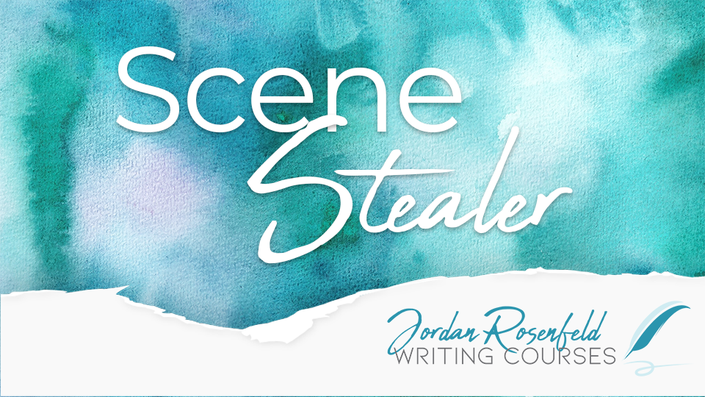
The scene is the most essential building block of great fiction (and even memoir). Scenes bring flat narrative into full color action, demonstrate compelling characters and come together to create powerful plots. When you feel connected to the characters and in the midst of action, you're in scenes.
Over six weeks you'll learn:
Week 1: Scene essentials. The ingredients of a scene and how to use them
Week 2: Scene design. The shape and structure of a scene and what they need to achieve
Week 3: Characters and scenes. How to demonstrate characters in scene and set them on the path to fulfill plot relevant goals.
Week 4: Setting, the Senses and Images. How to evoke the setting in a character- and plot-relevant way; how to create and use sensory imagery to evoke emotions and other important visual images.
Week 5: Plot and Scene. The basics of how to make every scene plot relevant
Week 6: Exposition in Scenes. There is a time and a place for narrative summary, but too much kills the pace and bores the reader. In this final week you'll learn how to transform exposition into vivid scene work, and when to use it as needed.
Recommended text: Make a Scene: Crafting a Powerful Story One Scene at a Time, by Jordan Rosenfeld.
Your Instructor

Jordan Rosenfeld is author of the novels Women in Red and Forged in Grace and six books on the craft of writing, most recently How to Write a Page-Turner, the bestselling Make a Scene, Writing the Intimate Character, A Writer’s Guide to Persistence, Writing Deep Scenes and Write Free. Her freelance articles and essays have been published in hundreds of publications, including: The Atlantic, The New York Times, Scientific American, Writer’s Digest Magazine, The Washington Postand many more. She is also a freelance manuscript editor and ghostwriter.

